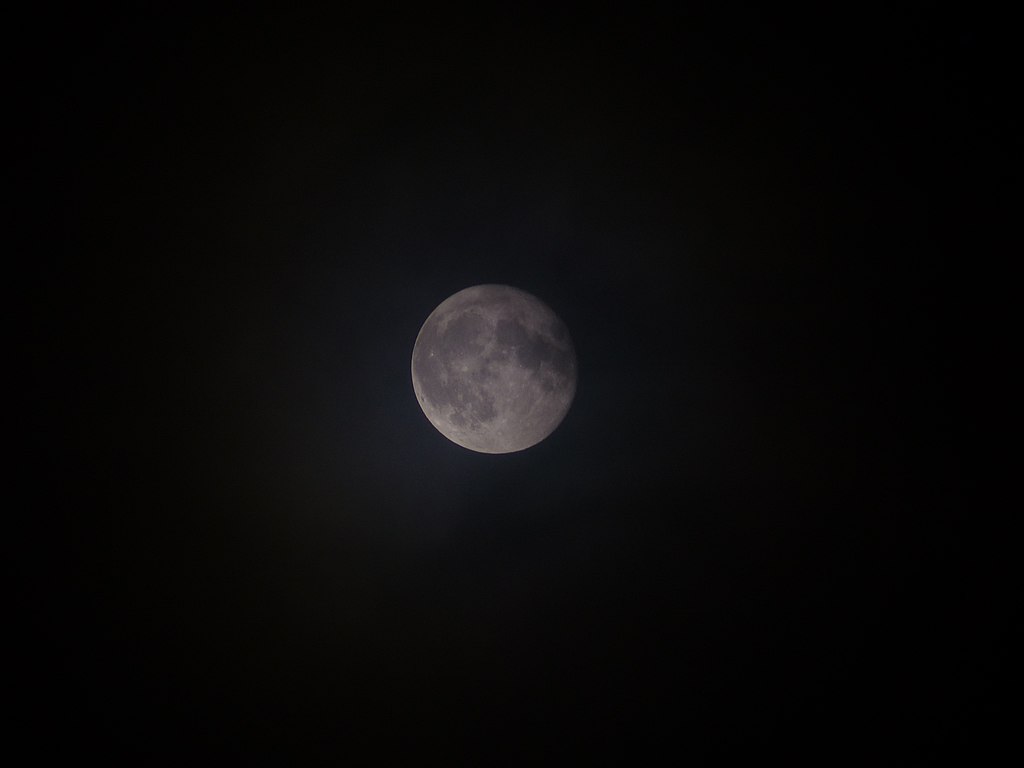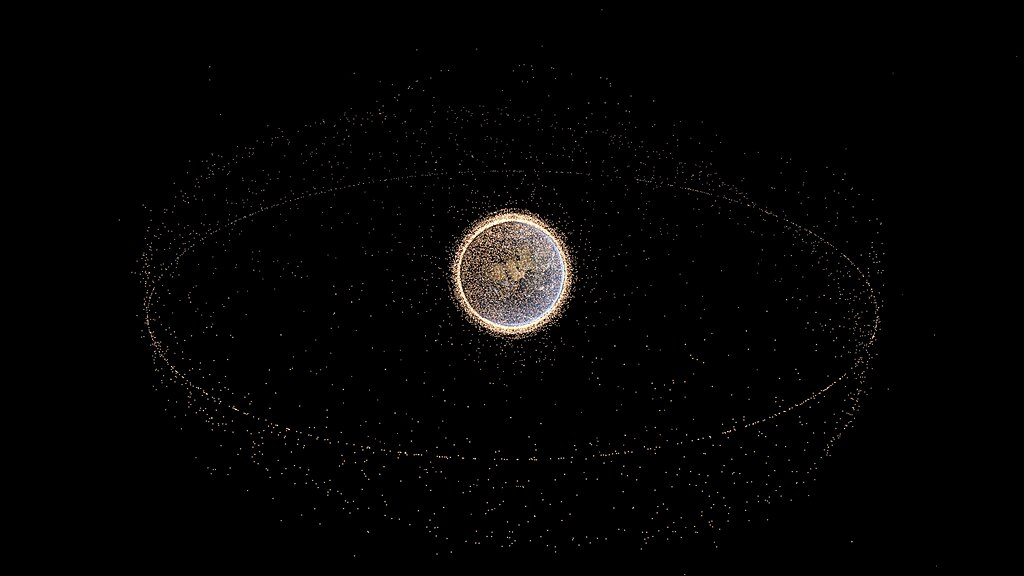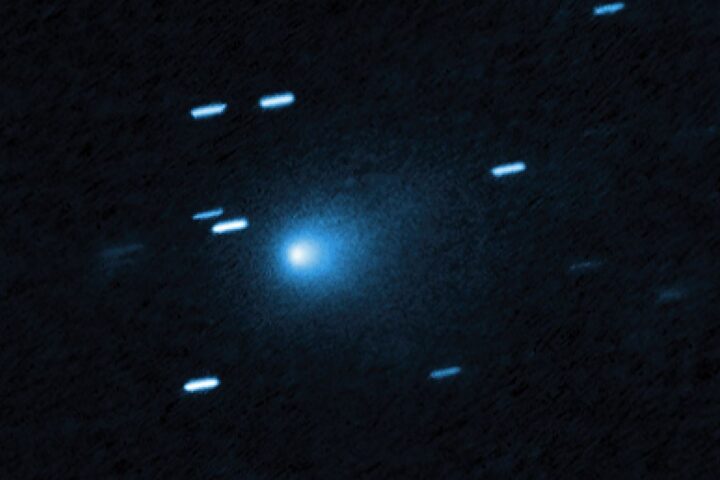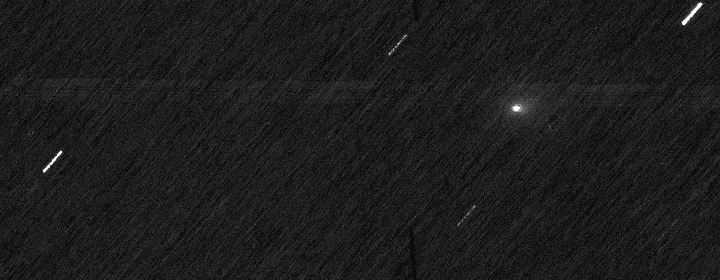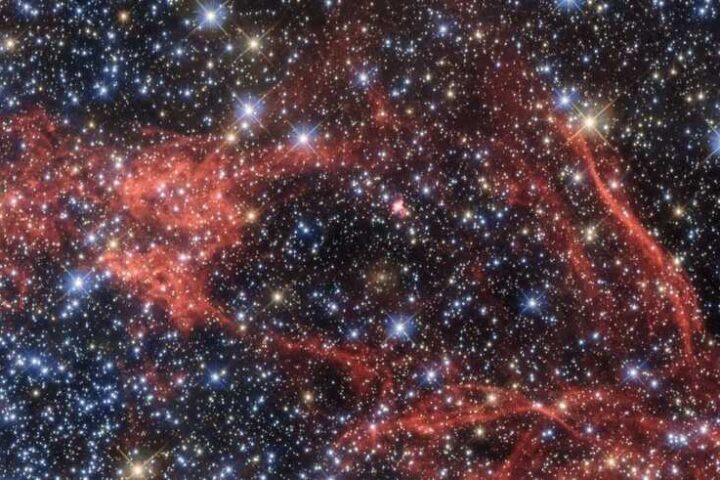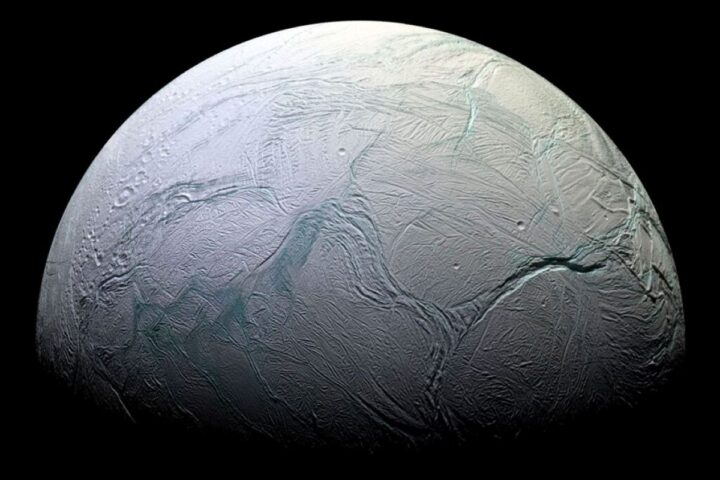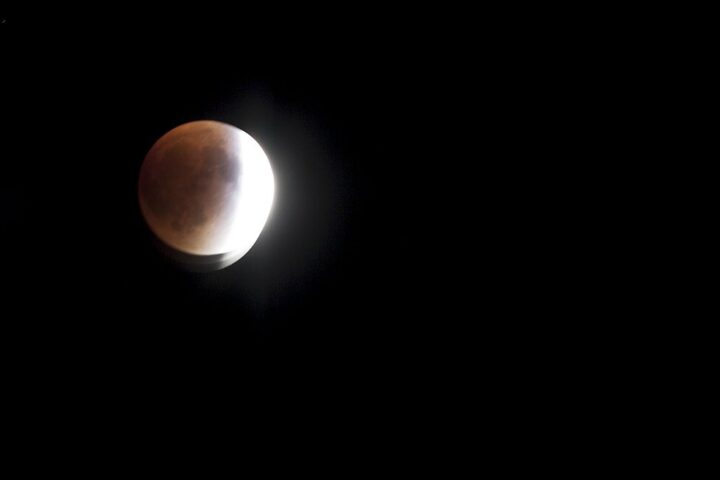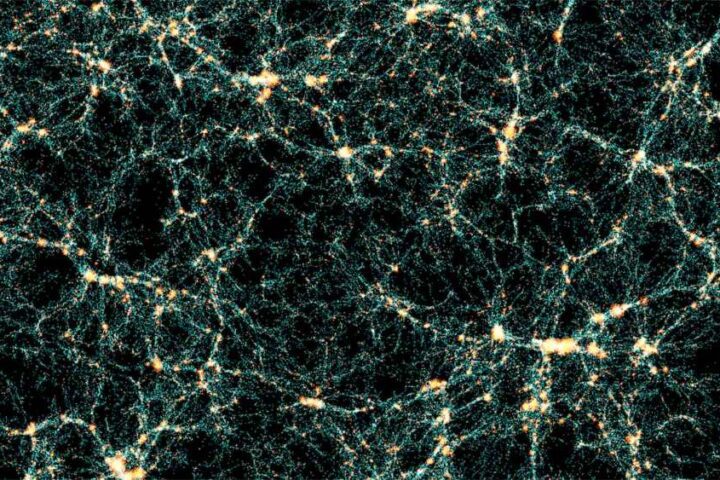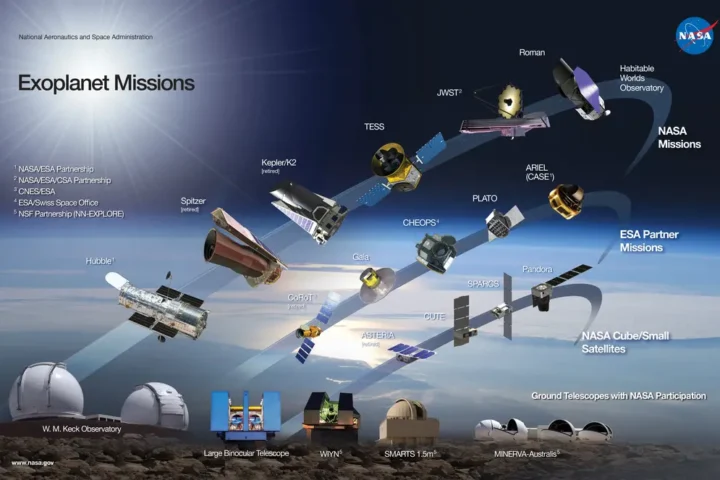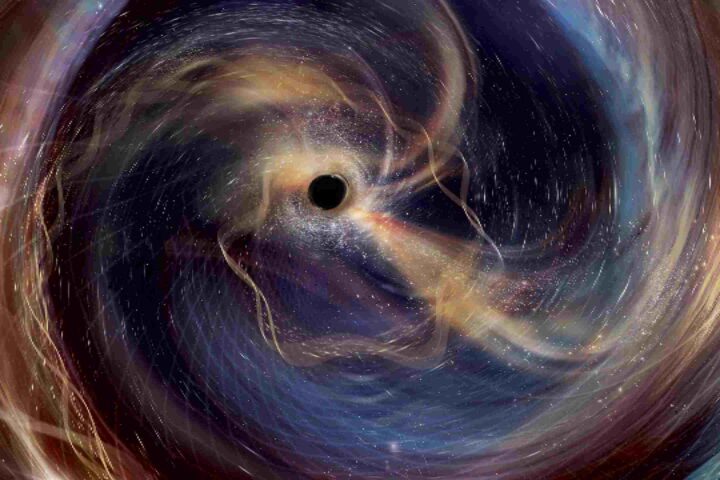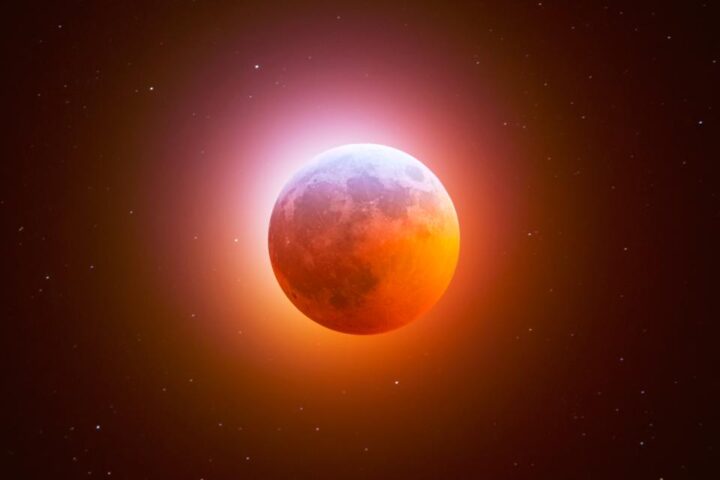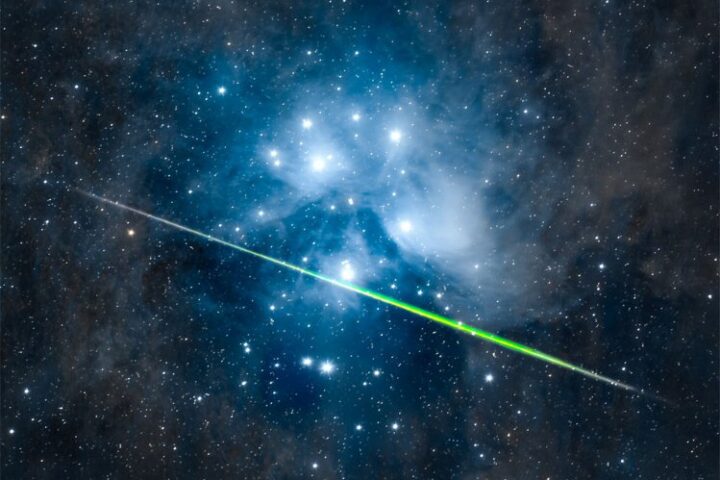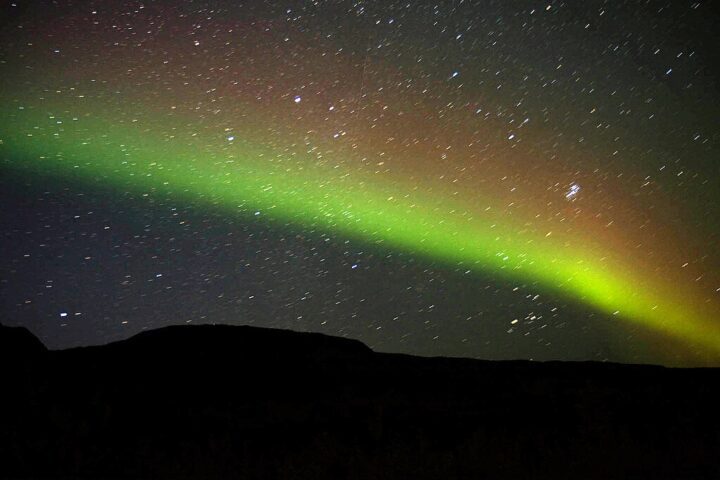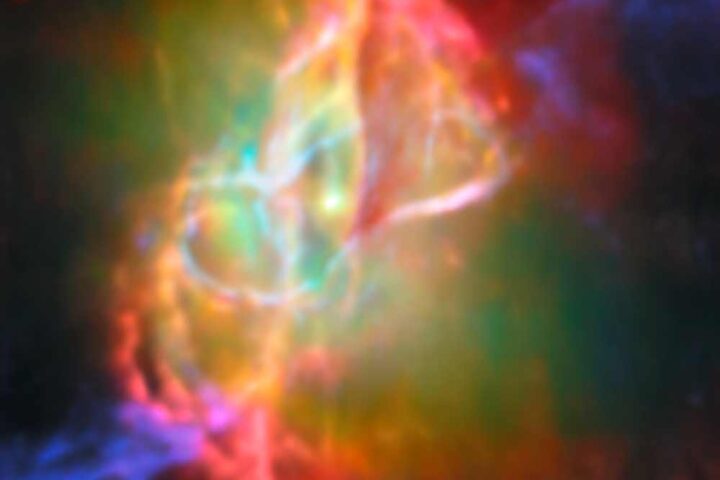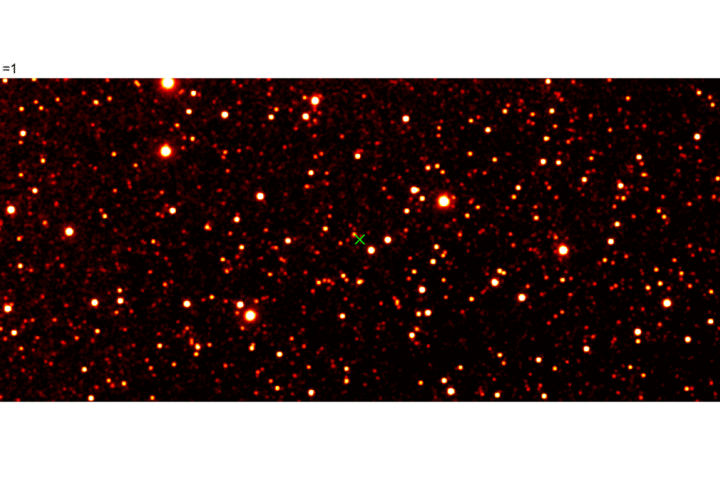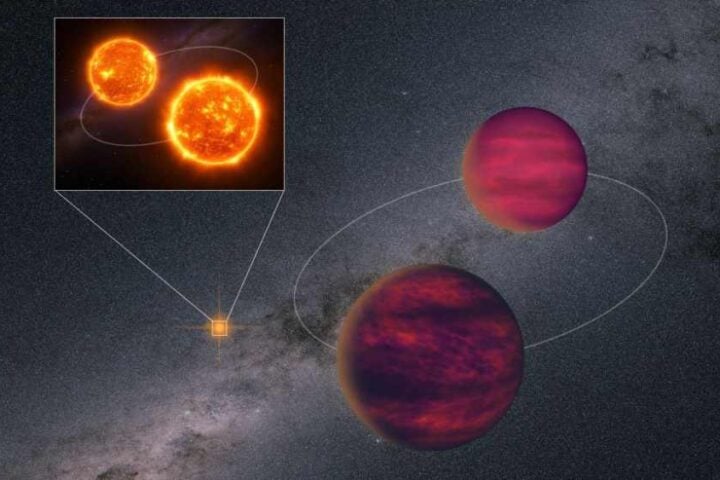The upcoming Black Moon on December 30, 2024, at 4:26 p.m. CT presents a notable celestial occurrence that warrants attention confirmed by the US Naval Observatory.
The Black Moon, occurring when two new moons appear in a single calendar month, mirrors the concept of a Blue Moon—the second full moon in a month. The phenomenon takes place every 32 months, making it as uncommon as a leap year, according to the Old Farmer’s Almanac.
During this phase, the moon positions itself between Earth and the sun, rendering it practically invisible from our vantage point. The term “black moon” refers to this period when the moon appears nearly invisible from Earth.
Technical Details and Astronomical Observations
For astronomers, this event offers excellent observation conditions. The absence of moonlight creates optimal visibility for fainter celestial objects, particularly beneficial during winter in North America, where the air tends to be drier and offers better telescope viewing conditions.
On December 28, a Mercury conjunction occurs at 05:10 (EET) from Cairo, rising with Mercury and the moon appearing approximately 6 degrees apart.
The evening of December 30 presents several observable planets:
- Venus and Saturn will be visible in the southwestern sky
- Venus sets at 8:27 p.m., Saturn at 9:57 p.m. (New York timings)
- Jupiter appears in the east at 43 degrees, positioned left of Aldebaran
- Mars rises at 6:07 p.m., reaching 20 degrees above the eastern horizon by 8 p.m.
Geographic Variations
The viewing experience varies significantly by location. In Buenos Aires, for example, dark skies don’t arrive until approximately 9 p.m., with sunset at 8:09 p.m. Mercury rises at 4:18 a.m., achieving only 7 degrees elevation by 5 a.m.
More Stories
Expert Perspectives
Kyle Thomas, a celebrity astrologer, notes the event’s timing near New Year’s Eve: “The lunation will bring fresh opportunities and new beginnings.” While the term “Black Moon” has gained popular usage, it remains unofficial in astronomical terminology.
Winter Constellations
By about 6 p.m., Orion, the Hunter, appears just above the Eastern horizon. The Hyades star cluster in Taurus becomes visible as the sky darkens. By 9 p.m. on Dec. 30, Canis Major and Canis Minor clear the horizon in the southeast, featuring Sirius, the brightest star in the sky.
Practical Viewing Information
For optimal viewing of celestial objects during this moonless night, observers should seek locations with minimal light pollution. The lack of moonlight during this new moon phase provides enhanced conditions for observing fainter objects in the night sky.
